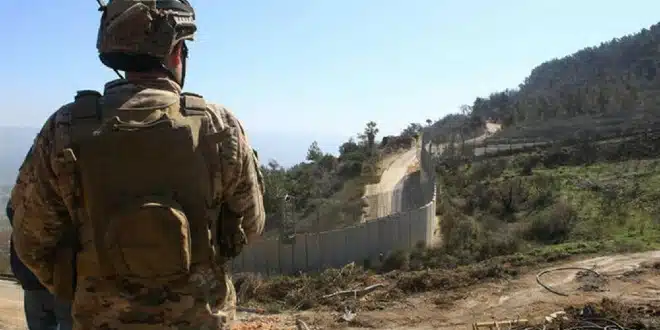The Lebanese military has dismantled the vast majority of Hezbollah’s military facilities located south of the Litani River, following the ceasefire agreement reached with Israel in November. According to a Lebanese security source familiar with the operation, more than 90 percent of Hezbollah’s positions in the area have been eliminated since the truce took effect.
The ceasefire, based on a United Nations Security Council resolution, calls for the exclusive deployment of the Lebanese Army and United Nations peacekeepers in the country’s southern region. The agreement also required Hezbollah to withdraw its forces north of the Litani River, which lies approximately 30 kilometers from the Israeli border.
Ceasefire Implementation and Border Monitoring
A key component of the ceasefire deal involved the dismantling of any Hezbollah infrastructure located south of the Litani. The Lebanese Army has reportedly filled and sealed off numerous underground bunkers and tunnels previously used by the group. These measures are part of a broader effort to assert state control and prevent the recurrence of cross-border hostilities.
Lebanese soldiers have also established control over access routes into the southern zone to ensure weapons and equipment cannot be moved across the river from northern areas. These checkpoints are intended to disrupt any potential rearmament or reinforcement of Hezbollah’s military presence in the restricted zone.
President Joseph Aoun, speaking during a visit to the United Arab Emirates, stated that the Lebanese Army now maintains operational control over approximately 85 percent of the country’s southern territory. He emphasized that the army has encountered no domestic opposition in carrying out its mandate under the terms of the ceasefire.
However, President Aoun noted that a complete deployment of national forces has been impeded by the continued presence of Israeli troops in five border locations. Although Israel was expected to withdraw from all areas in southern Lebanon under the agreement, its forces have remained in positions it considers vital for national security.
Coordination with Hezbollah and Disposition of Munitions
The security source indicated that Hezbollah has not resisted the army’s efforts to implement the ceasefire terms. The group reportedly pulled back without objections, allowing the Lebanese military to proceed with the dismantling of its remaining facilities in the area. According to the source, Hezbollah has effectively relinquished its physical military presence south of the Litani.
In the course of their operations, army units have discovered a variety of munitions and weaponry. Many of these were found to be severely damaged, either as a result of prior Israeli airstrikes or prolonged exposure to the elements. Due to safety concerns and the poor condition of the materials, most were deemed unsuitable for storage and were subsequently destroyed in controlled detonations.
The recent developments mark a significant step in fulfilling the terms of the ceasefire and restoring state authority to areas previously dominated by Hezbollah’s military infrastructure. While challenges remain, particularly regarding Israel’s continued occupation of certain positions, the Lebanese Army’s actions signal ongoing progress toward long-term stability along the southern border.


